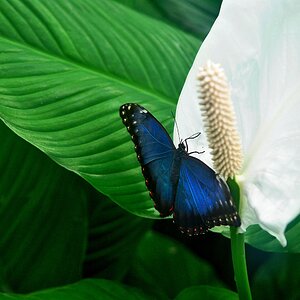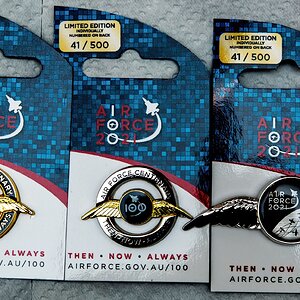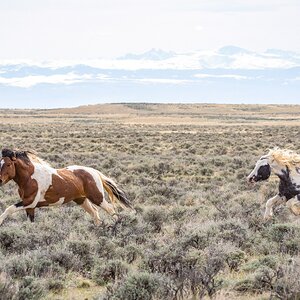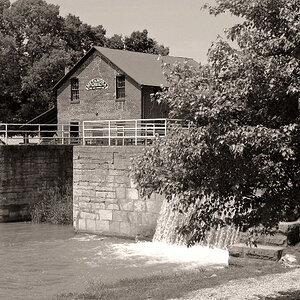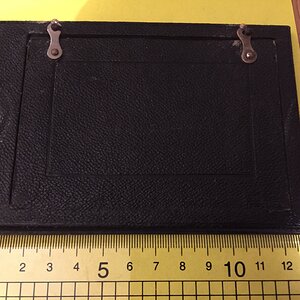nclester
TPF Noob!
- Joined
- Mar 26, 2008
- Messages
- 18
- Reaction score
- 0
- Can others edit my Photos
- Photos NOT OK to edit
I bought a set of macro filters, 4x, 2x and 1x, but I can't seem to get what I'm looking for out of them. I'm using a Nikon D80, in manual, a 18-135mm Nikor n00b lens, using hardly any flash. My edges and borders are blurry, even with my camera set to compensate for light and DOP.
Can I do anything differently? Any tips while using macro filters? I know I need a new lens, but I can't afford the $800 prime choice, so I'll have to deal for a few months.
Thanks!
I have two examples, because my flickr account is relatively new, of flowers. I did a bit of exposure and color correction work. I shot in jpg fine, because I lack the know how of how to edit RAW properly.
www.flickr.com/photos/nclester
Can I do anything differently? Any tips while using macro filters? I know I need a new lens, but I can't afford the $800 prime choice, so I'll have to deal for a few months.
Thanks!
I have two examples, because my flickr account is relatively new, of flowers. I did a bit of exposure and color correction work. I shot in jpg fine, because I lack the know how of how to edit RAW properly.
www.flickr.com/photos/nclester


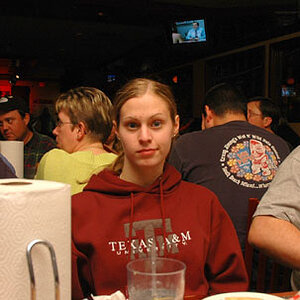
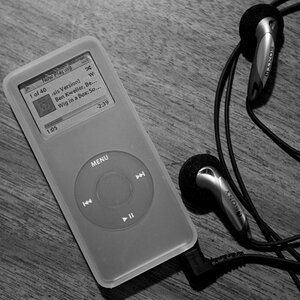
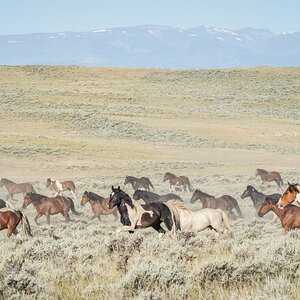
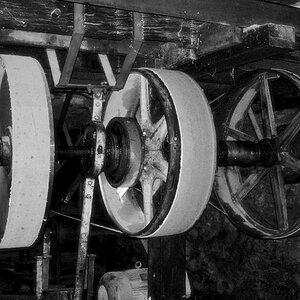
![[No title]](/data/xfmg/thumbnail/41/41906-b9041eb5a3fa48eb5d5084ac2198a75c.jpg?1619739940)
